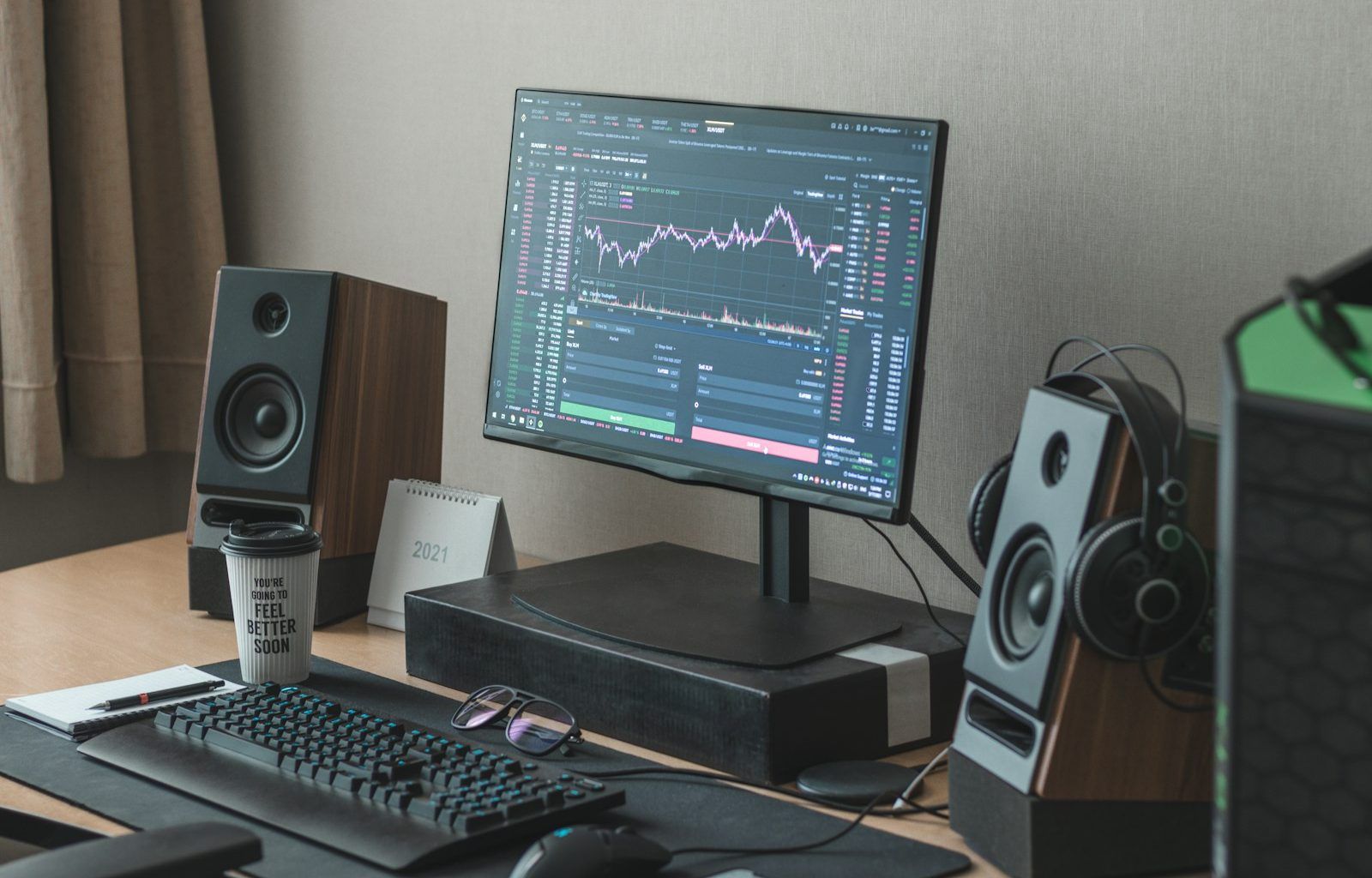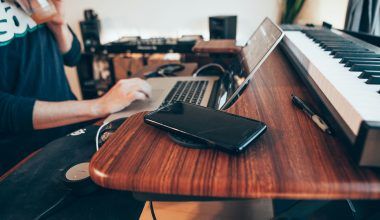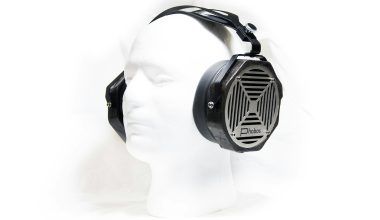When it comes to music production, finding the right tools can make all the difference. Enter Ableton Digital Audio Workstation (DAW) — a software that has revolutionized how musicians, producers, and creators approach their craft. Whether you’re a beginner dipping your toes into the world of audio editing or a seasoned professional, Ableton offers something for everyone. Let’s dive into what makes this DAW a favorite among music enthusiasts.
What Is Ableton Digital Audio Workstation?
Before diving into its features, let’s break down what Ableton DAW is. Simply put, it’s a software application designed for recording, editing, mixing, and producing music. Unlike traditional methods of music production, Ableton brings flexibility, creativity, and innovation to the table.
What sets Ableton apart from other DAWs is its unique approach to workflows. It offers two main views: Session View and Arrangement View. These views are tailored for live performances and studio production, ensuring users get the best of both worlds.
Why Choose Ableton?
You might wonder, why Ableton when there are so many other options out there? The answer lies in its versatility. Ableton isn’t just a tool; it’s a platform that inspires creativity. With features like real-time editing, an extensive sound library, and seamless MIDI integration, it’s a favorite for professionals and hobbyists alike.
Getting Started with Ableton DAW
If you’re new to Ableton, don’t worry. The software is user-friendly and designed to grow with you as you learn. Here’s how you can get started:
- Download and Install: Head to Ableton’s official website to download the software. You can choose from three versions: Intro, Standard, and Suite, depending on your needs and budget.
- Understand the Interface: Spend some time exploring the interface. The Session View is perfect for improvisation and live performances, while the Arrangement View helps you piece everything together in a timeline format.
- Explore the Sound Library: Ableton comes packed with sounds, samples, and instruments. Take your time to explore and experiment with them.
- Start Creating: Begin with a simple project. Drag and drop loops, experiment with MIDI, and don’t be afraid to make mistakes.
Key Features of Ableton Digital Audio Workstation
What makes Ableton truly shine are its features. Let’s take a closer look:
1. Session View and Arrangement View
These two views are what make Ableton so unique. The Session View is ideal for experimentation. You can loop different tracks, test ideas, and even perform live. On the other hand, the Arrangement View is perfect for structured production.
2. Incredible Sound Library
Ableton’s sound library is vast and diverse. From drum kits and synthesizers to orchestral sounds, it has everything you need to create your masterpiece.
3. MIDI Compatibility
MIDI integration in Ableton is seamless. You can easily connect your MIDI controller to the software and start playing virtual instruments or triggering samples.
4. Built-In Effects
With Ableton, you don’t need to rely on third-party plugins all the time. The software comes with built-in effects like reverb, delay, EQ, and compression, which are easy to use and highly effective.
5. Warping Capabilities
Warping is one of Ableton’s standout features. It allows you to manipulate the timing of audio clips without affecting pitch. This is a game-changer for remixing and sampling.
How Ableton DAW Enhances Creativity
Creating music isn’t just about technical skills; it’s about expressing yourself. Ableton DAW makes this easier by providing tools that encourage creativity:
- Max for Live: This feature lets you create your own instruments, effects, and tools.
- Push Controller: Ableton’s Push is a hardware controller designed to work seamlessly with the software, making music creation feel tactile and intuitive.
- Collaboration Features: Share your projects with others, work on them together, and exchange ideas effortlessly.
Tips for Mastering Ableton DAW
Whether you’re a beginner or an experienced user, these tips can help you get the most out of Ableton:
- Learn Shortcuts: Familiarize yourself with keyboard shortcuts to speed up your workflow.
- Experiment: Don’t stick to the same techniques. Try new effects, play with automation, and explore unconventional sounds.
- Use Templates: Save time by creating templates for different projects.
- Stay Updated: Ableton frequently releases updates with new features and improvements. Make sure you’re using the latest version.
Why Musicians Love Ableton
Ableton DAW isn’t just software; it’s a community. Musicians around the globe swear by it for its reliability, innovation, and ability to inspire creativity. Whether you’re producing electronic music, recording a band, or creating soundtracks, Ableton has your back.
Ableton for Live Performances
One of the biggest reasons musicians love Ableton is its live performance capabilities. With the Session View, you can trigger clips, loops, and effects in real time, making your performance dynamic and engaging.
Ableton for Studio Production
In the studio, Ableton’s Arrangement View shines. It provides a structured timeline for piecing together your project, allowing for precision and control.
Final Thoughts
In the world of music production, the right tools can unleash your creativity and transform your ideas into reality. Ableton Digital Audio Workstation is one such tool that stands out for its versatility, innovation, and ease of use. Whether you’re performing live, producing in the studio, or just experimenting, Ableton is a trusted companion for every step of your musical journey.
Related Articles:
For further reading, explore these related articles:
- How to Build a Studio: A Comprehensive Guide
- Building Your Dream Small Sound Studio: A Complete Guide
For additional resources on music marketing and distribution, visit DMT Records Private Limited.






